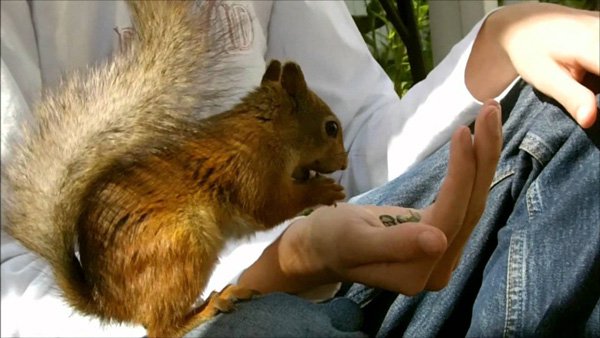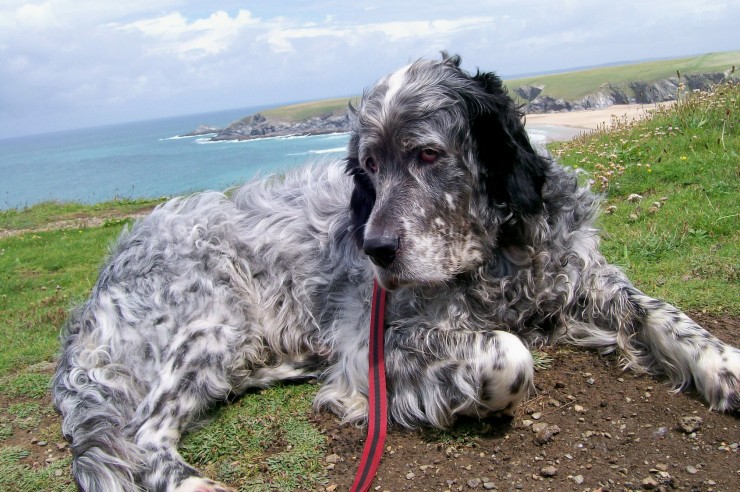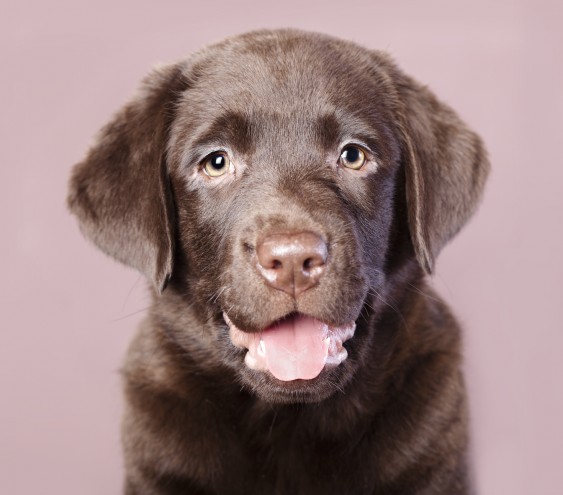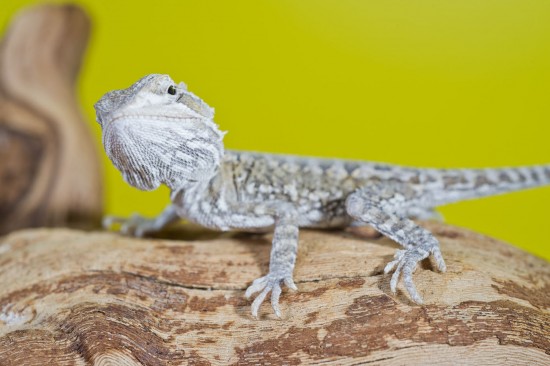Picking your Golden Retriever Pup
When selecting a pup keep in mind that although Golden Retriever puppies are very charming and appealing, you have to base your selection on something other than simply looks. Before you pick up your pup, you have to always ascertain that he has a robust body, with straight legs. The pup should be sturdy and well-built, yet be lively when you first attempt to lift the puppy up. You must additionally make sure that he has healthy gums and teeth, and look over the rest of his frame to make sure that he is healthy and there is no indication of skin disorder.
Congenital Health Concerns Associated with the Golden Retriever
Eye disease is quite commonplace with Golden Retrievers and some Golden Retrievers will have congenital cataracts. Eye examinations at about 12 months will be able to find out if there are any congenital eye complaints and to organize the medical care. Supposing that cataracts are suspected, then breeding is not advisable.
There are further forms of ocular diseasess as well, such as retinal dysplasia. Make sure you take your Retriever for a yearly eye examination to check all is ok as eye disease can attack at any time.
SAS (Subvalvular Aortic Stenosis) is the most widespread and common type of heart condition to affect the Golden Retriever breed. If you are intending breeding from your Golden Retriever, you should have your dog examined for heart disease by a certified veterinary cardiologist. If the cardiologist detects a heart murmur, he will suggest more tests for your dog. If your Golden Retriever is determined to have a heart disease, he must not breed.
Hip dysplasia is a complaint of the hip joints, through which the joint cartilage is eroded resulting in pain and lameness. With bigger dogs, for example the Golden Retriever, hip dysplasia is frequent. Hip dysplasia is a congenital condition and becomes gradually worse with maturity, regularly resulting in arthritis in the subsequent phases. Even though there is no cure for hip dysplasia, there are a range of remedies which will relieve the disorder, and one of the most critical is to watch your dog's weight as obesity will make the condition worse
Further Health Problems
Just as with other dog breeds, Golden Retrievers are prone to a broad range of health concerns and diseases. Many of these issues such as skin and ear disease, parasites and dental troubles can be discovered quickly with regular inspection of your dog. This is most effectively achieved in the course of grooming, when you need to check closely at your dogs overall condition to discover any troubles.
Check for ticks and fleas as these could lead to more severe health issuess for both your dog and yourself. Look inside your dogs' ears for indications of inflammation, if there is any discharge, rash or a foul odor then there is almost definitely an ear infection. Also inspect your dogs' mouth and teeth for indications of disease or decay. Internal parasites aren't so simple to diagnose, though they can be potentially serious, so get to know the indications and take action if you think there's a problem.
Golden Retriever - Training
The Golden Retriever is one of the most favorite house dogs in the world. They are quite simple to train and really bright. The Golden Retriever is also devoted to its owners, lovable, and great with kids of all ages.
However, the Golden Retriever can be a challenging dog, as far as your time and attention is concerned, therefore if you are away from home during the day then this is probably not the dog for you. However, for a large active household who enjoy the great outdoors, then the Golden Retriever is ideal and the dog will love to participate everything that the family does.
Time and Patience - Training the Golden Retriever
Even though the Golden Retriever is very clever, he is in truth rather slow to mature - a number of owners will tell you that their pet never did! This means that training can take much time and perseverance, a little like teaching a young child! Many short training stints are more successful than extensive ones. Give lots of reward as well since the Golden Retriever loves to make you happy and you can use this attribute to your advantage!
If the dog does not behave correctly or just does not grasp the training, don't lose your temper or shout. This never helps and may in fact make things worse. The best course is to disregard your dog when he is disobedient, once more using his desire for attention. He will dislike it if he does not get your attention and will promptly understand that you will only make a fuss if he is good!
The Basic Commands
Organize your training step by step and make sure the entire family knows the commands. It's fruitless if one person uses one word for 'come here' and someone else uses a another command. So write the commands you are intending to use and put them up in the kitchen or hall, so everybody is working as one.
Whilst the pup is really young, start with name recognition training followed by the 'come' command as he starts to recognize his name. Once he has got the hang of coming when called you can easily move on to commanding him to 'sit'. Hold a snack over his head and as he looks up, softly put your hand on his bottom so that he naturally takes up the sit position. Straightaway praise him - just as his backside touches the floor- then he will associate the command to the action. Bear in mind, all this may take time and there will be numerous setbacks, but if you reward him each time he gets it right, the dogs' inborn desire to please will make your Golden Retriever grasp the commands.
Once these commands are mastered then you can move on to the next stage. When your dog has 'come' and you've made him 'sit', then the next command is to 'stay'. Maintain the sit position and lift your hand, palm out, towards him and say 'stay'. Step back just one step and repeat the command. As the dog complies with the 'stay' command, then begin to move further and further back. If the dog is doing all right, then have a go at turning away from him and walking away. This is challenging for any dog, particularly a Golden Retriever, as he thinks you are abandoning him!
Now that you have both control over these commands and you are confident that in any circumstances the dog will obey you, then you can progress with advanced training, and have lots of enjoyment discovering new skills together.
Nevertheless, if you find these primary commands a trouble, don't lose faith. Dog or puppy obedience training classes are held throughout the country and might be the way to start off your training if you seem a bit out of your depth. Classes are also a excellent means of socializing your Golden Retriever with other dogs so that he will be really relaxed while meeting other people and dogs.

 Teaching Puppies About Cats
Teaching Puppies
Teaching Puppies About Cats
Teaching Puppies
 Things You Have to Know about Pet Products
Things You Have to Know about Pet Products
To
Things You Have to Know about Pet Products
Things You Have to Know about Pet Products
To
 August In Cornwall With Your Dog - The Perfect Holiday Destination
August In Cornwal
August In Cornwall With Your Dog - The Perfect Holiday Destination
August In Cornwal
 5 Dog Breeds That Love Being Around People
5 Dog Breeds That
5 Dog Breeds That Love Being Around People
5 Dog Breeds That
 Top 5 Popular Lizards
Top 5 Popular Liz
Top 5 Popular Lizards
Top 5 Popular Liz